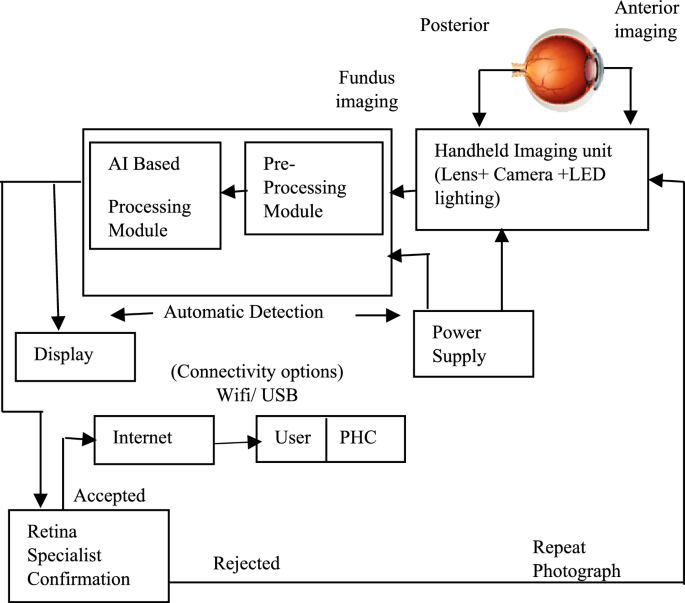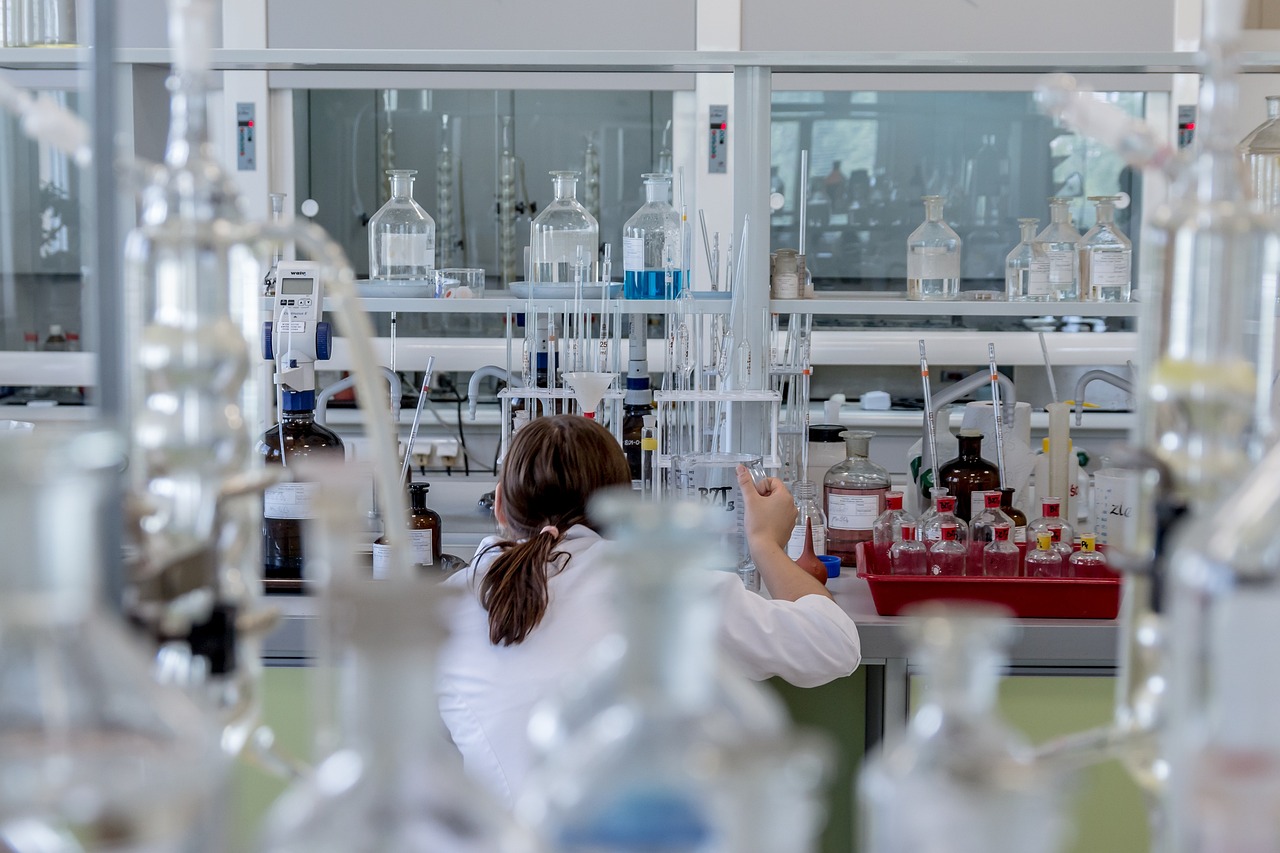What you should know about: Advanced dry eye therapies | Waterloo Eye Institute

What to expect from IPL treatment
If IPL therapy is determined to be the right treatment for you, your optometrist will schedule IPL sessions or refer you to an office that has an IPL device.
Before treatment: Your optometrist will review all the benefits and risks of IPL therapy along with instructions to discontinue use of retinol-related medications and arrive at your appointment with clean eyelids and eyelashes.
During treatment: Once you arrive, your eyelids will be cleaned once again before you are asked to put on protective contact lenses or goggles. The session involves coating the skin with a cooling gel before passing little pulses of light around your eyes. It is a relatively quick procedure and no light is ever shone directly in your eyes.
Most people compare the sensation of IPL light to a quick snap of a rubber band—briefly stinging, but fading away quickly.
The gel is then removed and the meibomian glands are expressed by applying light pressure to the eyelids to see if there is blockage or if the oil that comes out is cloudy, thick or toothpaste-like. If that is the case, treatment is continued until healthy oil is expressed.
After treatment: There are not many risks related to IPL therapy, but some people do experience minor side effects like sensitivity, irritation and redness to the surrounding skin following treatment. In that case, rinsing with water or applying a cool compress can help relieve discomfort.
Between treatments: Because IPL affects the skin as well as the eyes, the most important thing is to apply sun protection like sunscreen. Patients are expected to return after two to four weeks for a total of three or four treatments, then once every six to 12 months if needed. In the meantime, you can continue other dry eye management methods unless advised otherwise by your optometrist.
Most patients experience improvement fairly quickly but it takes three to four treatments to get the cumulative effect.
What is amniotic membrane therapy?
Amniotic membrane therapy or AMT was developed for cases where the eye is not healing on its own or needs support in healing. There are more than 20 different reasons for the use of amniotic membrane therapy and severe cases of dry eye disease is one of them.
Most amniotic membranes used in optometric practices are sourced from donated placenta. The innermost layers of the placenta, specifically the amnion and chorion layers, are rich in collagen, growth factors, stem cells and anti-inflammatory molecules, making them highly effective for tissue regeneration and reducing inflammation. The collected graft is then preserved through dehydration or cryopreservation and sterilized through different methods like gamma irradiation or an electron beam.
Severe dry eye can cause long-term problems like corneal erosion caused by repeated scratches on the surface of the eye. Historically, these cases were sometimes treated by tarsorrhaphy, a procedure that involves stitching the eyelid partially or entirely shut to promote healing of the cornea. Today, an effective alternative involves placing an amniotic membrane beneath a bandage contact lens—a clear, soft lens that protects the eye and promotes healing.
Any condition like a lesion, corneal erosion or even dry eye disease can take longer to heal when the cells are constantly disrupted by blinking. In some cases, the eye just will not heal on its own and additional steps must be taken. Amniotic tissue contains a plethora of stem cells along with healing and anti-inflammatory factors that prevent cell death (called apoptosis) on the surface of the eye. By applying this to your eyes, these factors accelerate healing and alleviate pain from blinking with the help of the bandage contact lens.
What makes someone a good candidate for amniotic membrane therapy?
Amniotic membrane therapy is usually used when dry eye disease is causing significant damage to the surface of the eye. If there is insufficient tear film on the eye, the lack of lubrication allows friction from rubbing your eyes or even blinking to create tiny abrasions on the surface of your eye. Repetitive blinking can then prevent these scratches from healing and may even worsen them.
When this is the case, there are no bad candidates as long as they can tolerate wearing the bandage lens, which feels just like a regular contact lens.
link







:max_bytes(150000):strip_icc()/The-1-Nut-to-Raise-Your-HDL-Good-Cholesterol-Levels-e6c7c34935fa4648b8a7d952c7c6ead3.jpg)